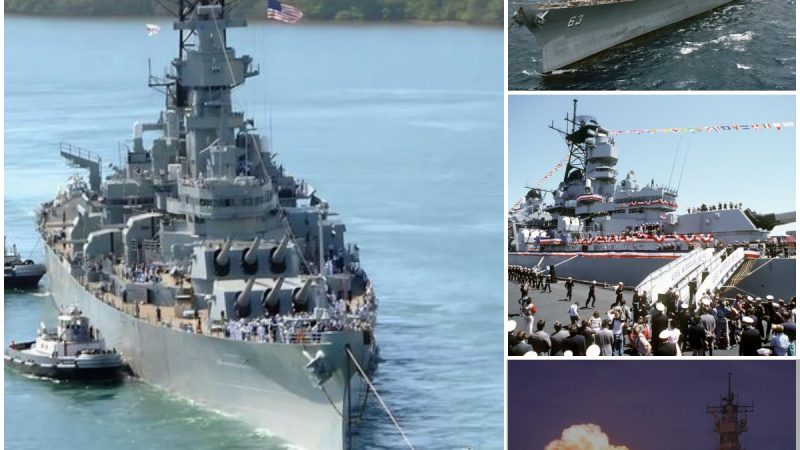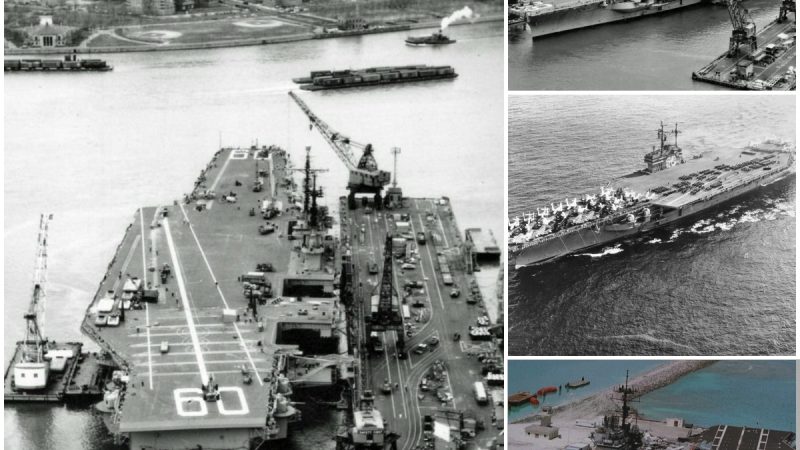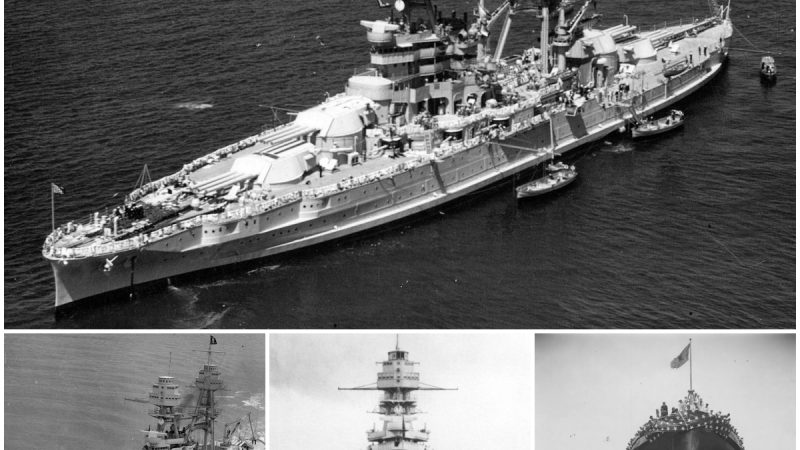Enhancing Military Capabilities and Safeguarding National Security with the B-21 Raider Stealth Bomber
In an exciting development for aviation enthusiasts and defense aficionados alike, Northrop Grumman is set to reveal its groundbreaking B-21 Raider concept on December 2nd. This unveiling will mark the first public introduction of a new U.S. Air Force bomber in over three decades, since the Northrop B-2 Spirit made its debut back in November 1988. The B-21 Raider, developed as part of the Long Range Strike Bomber (LRS-B) program, promises to be a game-changer in the realm of strategic aviation.
This eagerly anticipated event was announced via social media by Northrop Grumman, accompanied by an intriguing 11-second teaser clip. The B-21 Raider, heralded as the world’s first sixth-generation aircraft, has piqued curiosity and excitement in aviation circles. This advanced aircraft is designed to take on a crucial role in the United States Air Force’s strategic capabilities.
The B-21 Raider, a successor to the iconic B-2 Spirit, has undergone rigorous ground testing, including stress assessments to validate its structural integrity. These tests were followed by evaluations of its subsystems, coating, and paint. The aircraft has been meticulously crafted to be a stealthy, long-range, and high-payload strategic bomber, capable of operating globally with unmatched efficiency.
While the aircraft has successfully completed its initial ground tests, its maiden flight is scheduled for the upcoming year. The first prototype is poised to take off from Northrop Grumman’s Plant 42 in Palmdale, California, bound for nearby Edwards Air Force Base, where it will undergo formal flight testing. The projected timeline envisions achieving initial operating capability (IOC) by 2030.
This ambitious endeavor hasn’t been without its financial complexities. Northrop Grumman secured the contract to develop the B-21 Raider in 2015 and has since assembled a nationwide team to bring the aircraft to life. The project has been fueled by cutting-edge digital engineering practices and advanced manufacturing techniques. However, the cost estimates for this groundbreaking aircraft have evolved over time. Initial projections in 2010 put the cost per unit at approximately $550 million. Recent estimates suggest that the overall cost, including development, procurement, maintenance, and operation for a fleet of 100 aircraft over 30 years, could surpass $203 billion.
Despite the significant costs, the B-21 Raider is shaping up to be a resounding success. The ongoing assemblage of six test aircraft in Palmdale, California, adheres to stringent timelines and budgets. By utilizing the same production line, tools, processes, and technicians for both test and production aircraft, Northrop Grumman aims to maintain cost control.
The U.S. Air Force’s commitment to this program is evident in the award of $108 million to Northrop Grumman for advance procurement. These funds will facilitate the acquisition of essential components needed to kickstart the production of the B-21 Raider.
As we eagerly await the official unveiling of the B-21 Raider, the aviation world holds its breath for a glimpse into the future of strategic military capabilities. This aircraft, with its advanced technologies and innovative design, is set to redefine the landscape of modern warfare and solidify Northrop Grumman’s position as a leader in aerospace innovation.
Hits: 19













